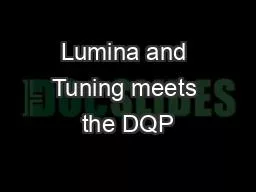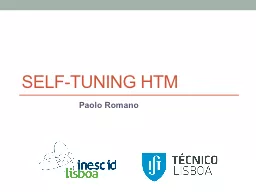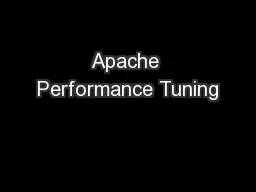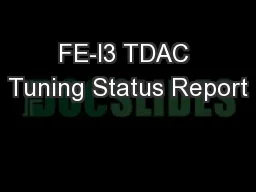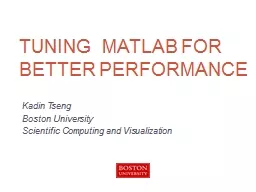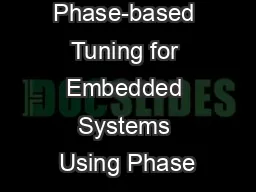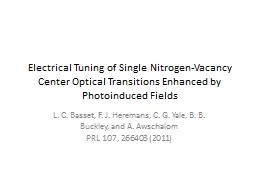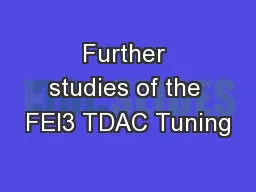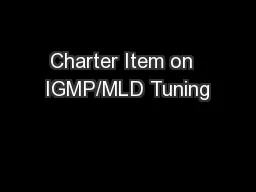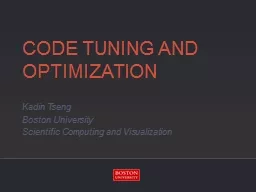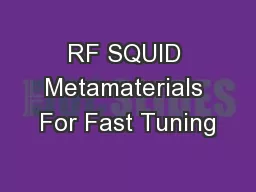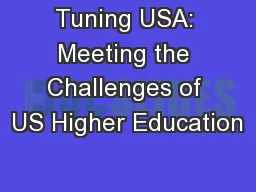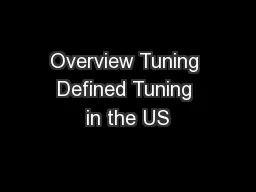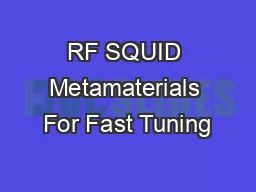PPT-Lumina and Tuning meets the DQP
Author : imetant | Published Date : 2020-08-29
Tim Birtwistle 2 Why Tuning is a five step process comprised of defining the discipline core mapping employability surveying stakeholders honing core competencies
Presentation Embed Code
Download Presentation
Download Presentation The PPT/PDF document "Lumina and Tuning meets the DQP" is the property of its rightful owner. Permission is granted to download and print the materials on this website for personal, non-commercial use only, and to display it on your personal computer provided you do not modify the materials and that you retain all copyright notices contained in the materials. By downloading content from our website, you accept the terms of this agreement.
Lumina and Tuning meets the DQP: Transcript
Download Rules Of Document
"Lumina and Tuning meets the DQP"The content belongs to its owner. You may download and print it for personal use, without modification, and keep all copyright notices. By downloading, you agree to these terms.
Related Documents

